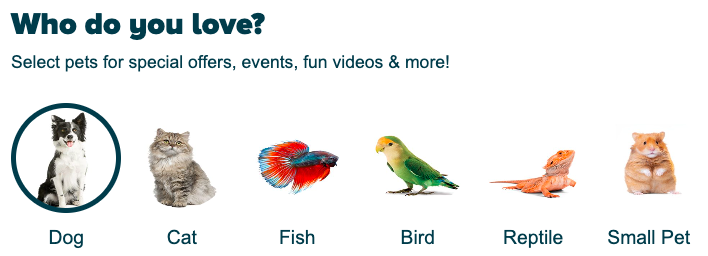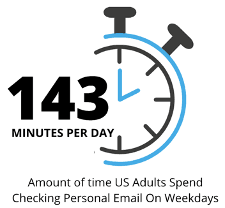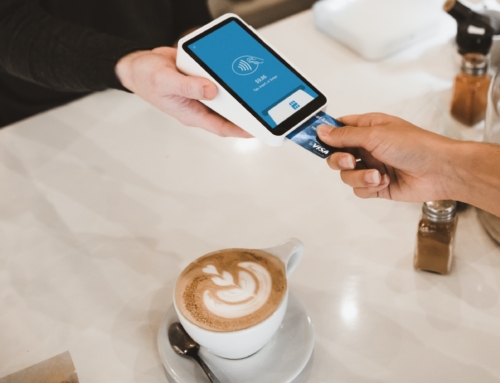Digital marketing has been stealthily snatching up marketers’ focus and budget over the last few years, but its role has become less-than-subtle in recent months. With consumers hunkered down at home, marketers have quickly begun to shift spend away from more traditional channels. The equation is pretty simple: staying home = less time spent commuting = less radio and billboard consumption + no events. Staying home has also increased the importance of relationship marketing, loyalty and personalization as customers consume more content from their personal devices and think twice about purchases. But the future isn’t as bleak as the evening news would lead one to believe. Spending is picking up quickly, people are heading back to work, and we’re seeing the brands that were able to adapt quickly emerge like a phoenix from the dumpster fire of 2020.
In the spirit of this marketing transformation, this post will cover customer relationship management (CRM), email, and mobile marketing. This is the second post of my three-part series called Digital Marketing 101. In my last post, I explored the role of pay-per-click advertising, search engine optimization (SEO) and websites in digital marketing strategies. This series is designed to give you succinct definitions of these often loosely defined terms, examples to bring them to life, and some eye-popping statistics that reinforce the importance of digital marketing in our go-forward strategies.
Customer Relationship Management (CRM):
Customer Relationship Management is one of the most debated terms in marketing. Is it a technology platform, loyalty program, a marketing strategy, a synonym for personalization?
CRM is marketing focused on attracting and retaining customers and making those relationships more profitable. CRM is focused on motivating customers to share information with brands for the purposes of personalizing and customizing the experience for the customer, and driving sales for the brand. That information could be customer preferences, opinions, shopping history, referrals, customer service inquiries, or simply email opens or clicks. Think of CRM as the toolbox from which other tactics spring–email marketing, loyalty programs, SMS campaigns. CRM is the strategy; the other things are tactics.
While promotions can drive short-term sales results, CRM is a long-term strategy that involves gathering data and using that information to create targeted, personalized messaging and experiences across channels. This retention-focused marketing strategy pays off. By now, we all know that it costs more money to acquire new customers than it does to retain existing customers. But the value of CRM goes far beyond cost savings – data collected through these efforts should be used to power decisions across your organization: everything from store location, footprint, assortment, design, and more.
PetSmart is a great example of a retailer collecting customer (and pet) data and leveraging this to personalize communications and the customer experience. 
Upon account creation, customers are asked if they want to enroll in the Treats loyalty program and to select what type of pet they have. This is only the beginning. Once their account is created, customers earn points for completing their profile by adding pets and their information (breed, age, etc.). They can also add products to their favorites list, set up auto-ship for their favorite products, schedule appointments and more. PetSmart uses this data to customize emails, content, offers, plus product recommendations and events on its home page.
Love it or hate it, email is still one of the most effective marketing channels today. Email marketing consists of content and messaging sent to customers for the purposes of driving traffic and sales.
According to Adobe, US adults spend over two hours each day checking personal email. But marketers have to earn a piece of that time. One of the key reasons email continues to enjoy so much effectiveness is because it is an earned relationship. The customer is actively raising his hand and signaling to a brand that he wants to hear more. 
More doesn’t necessarily mean every day. Customers are quick to unsubscribe if they feel their inboxes are being bombarded, especially if the content is not personalized. Though it seems unthinkable to many marketers, giving customers the ability to set preferences for the cadence, content and channel of communications often results in higher and longer-term engagement. Additionally, customers can be quick to tire of overly promotional messaging. Ensure your email content is a balance of promotions, information, announcements, and other engaging content. Think about your own inbox. Which emails from brands do you regularly open? Why?
Lastly, make sure you are testing different subject lines, calls to action, and content. Don’t be afraid to test! Send out an A/B test to a small portion of your file, wait an hour, and read the results. Then send out the rest. Email metrics, such as open, read and clickthrough rates will quickly show you what’s working and what isn’t.
Mobile
Even more sacred than their email inbox is a customer’s mobile phone. There’s no denying that for most of us, our phones are woven into the fabric of our everyday lives. It’s what tells us where to be and when, it’s where we spend time communicating with others, consuming content, engaging on social media, reading email, making purchases, and so much more. Mobile marketing is defined as advertising to and interacting with customers via a mobile device. This can take on many forms, from SMS to mobile apps and mobile-optimized websites and virtual reality. Additionally, many of our other digital marketing efforts are consumed via a mobile device, such as ads, content, email, websites, loyalty programs and social media.
For this reason, an integrated mobile strategy is critical to creating a seamless and positive customer experience. Depending on the size of your company, you may have multiple teams or departments that have mobile strategies. Google reported that people who have a negative experience on mobile are 62% less likely to purchase from that brand in the future than if they have a positive experience.
Another key to success with mobile is to be succinct – though people spend an incredible amount of time on their phones every day, it’s often in short bursts, and they’re easily distracted while using their phones.
In conclusion, CRM, personalized email strategies, and a consistent and positive mobile experience are foundational to long-term marketing success. It can be easy to fall into the trap of leveraging promotions to achieve short-term gains. But more often than not, competing on price fails to build real customer engagement and loyalty. Take the time to develop strategies for collecting customer data. Use the insights this data provides to personalize the customer experience and the sales will follow.
Make sure to check back for my third and final post in the Digital Marketing 101 series. I’ll be covering social media and conversation marketing. Demystifying the jargon and unpacking the industry speak–that’s my goal! (See what I did there?)
Need help designing or executing your digital marketing strategy? Incendio’s digital marketing team provides ad-hoc and full-service digital campaign and messaging support to assist you with marketing and advertising delivered across all digital channels – website, social media, mobile applications, email, web applications, search engines, websites, or any digital channel. We can help with CRM, website design, digital design, pay per click, SEO, deployment and analysis. Reach Jenn at JennMcMillen@IncendioWorks.com










Leave A Comment